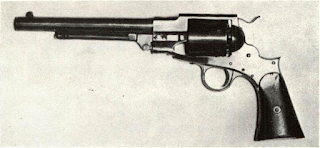Hoard had obtained ratification of his Springfield
intending to effect an improvement by preparing a
Manufacturer was C. B. Hoard, who produced a
shooters at his Watertown, New York, remodeled farm
intending to effect an improvement by preparing a
Manufacturer was C. B. Hoard, who produced a
shooters at his Watertown, New York, remodeled farm


Comments
Post a Comment